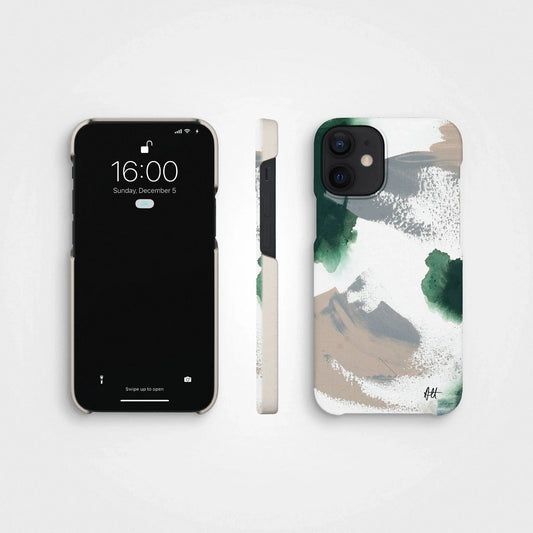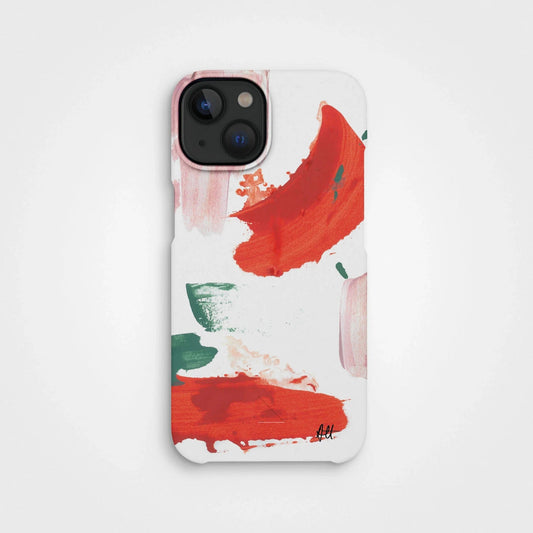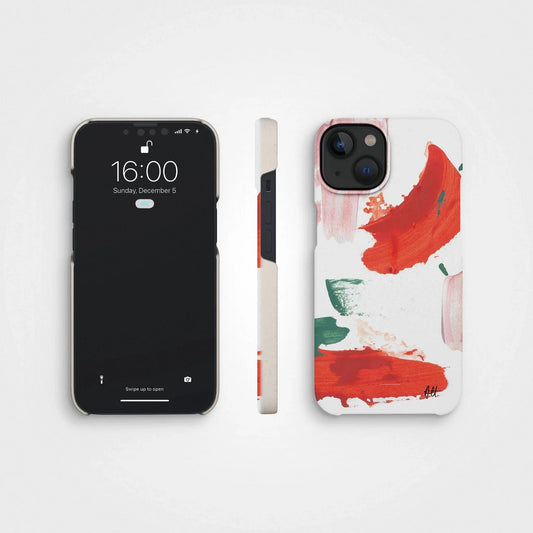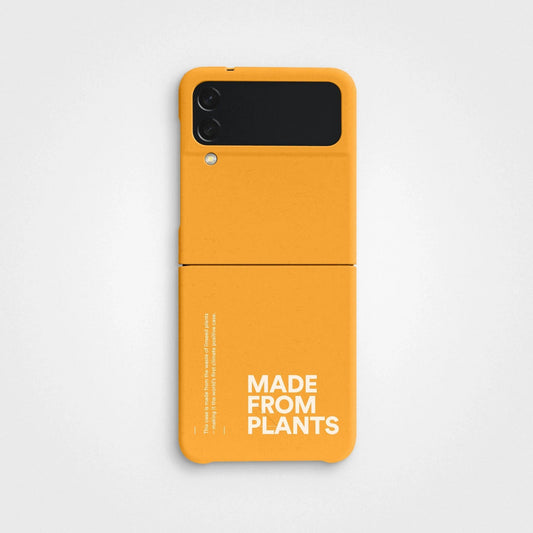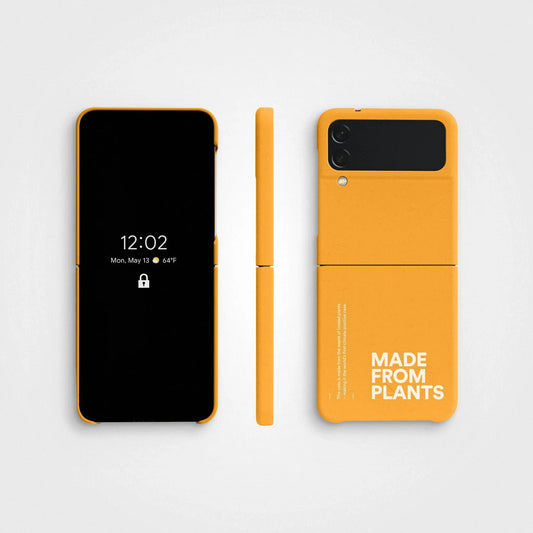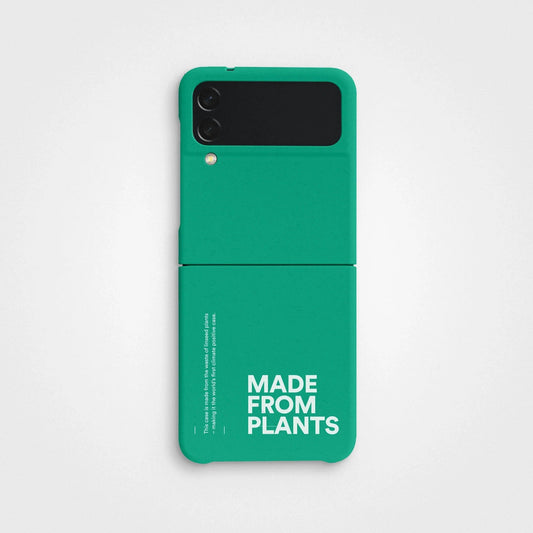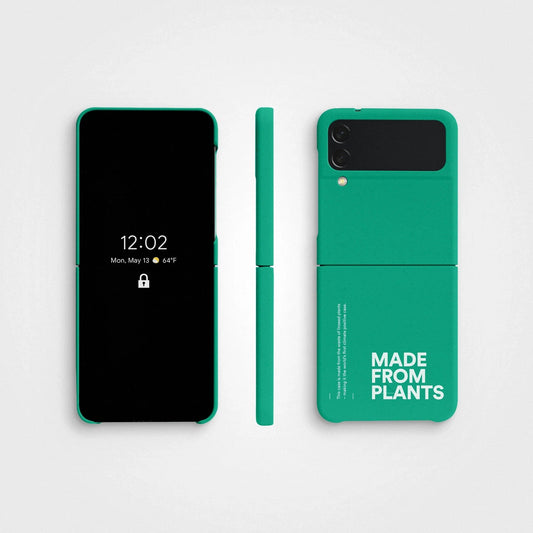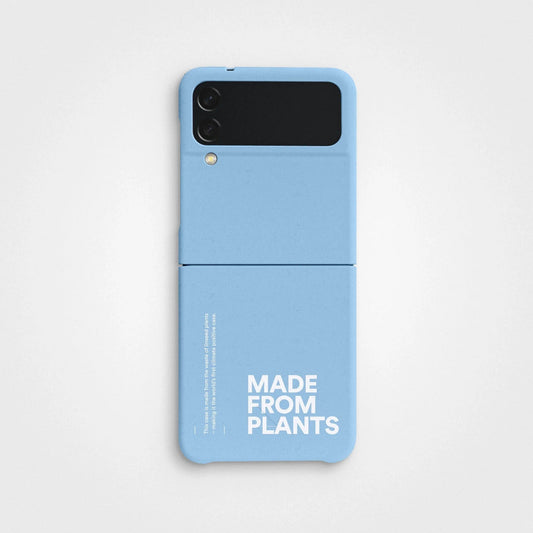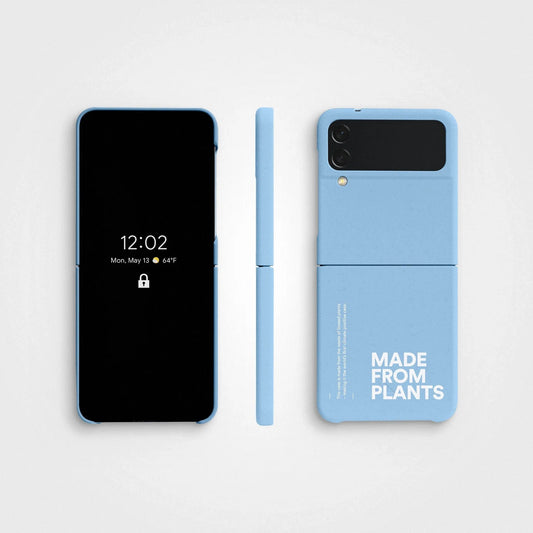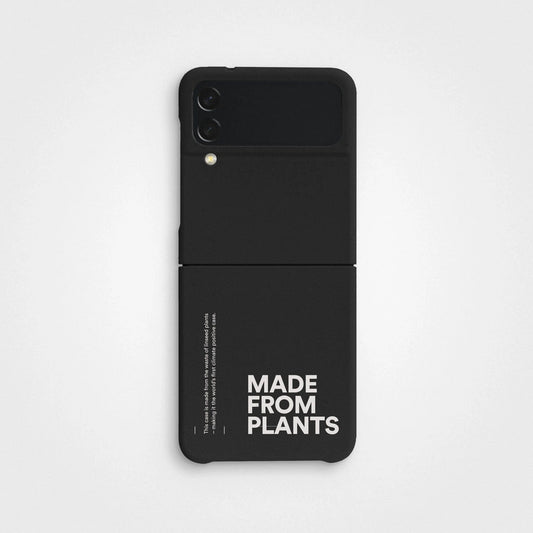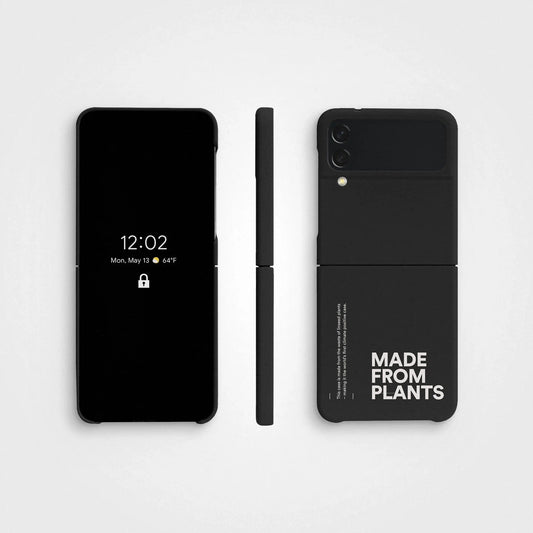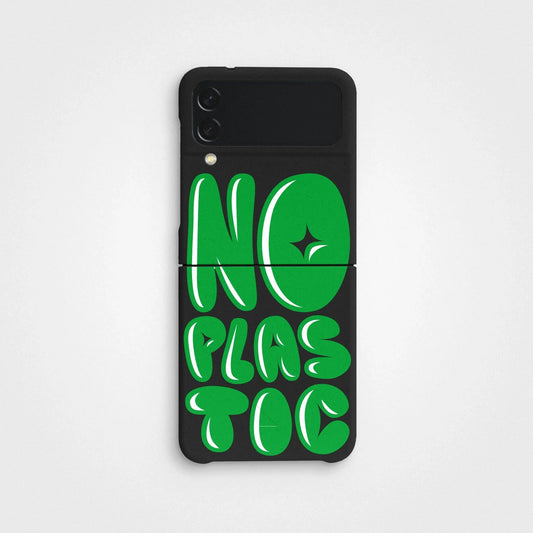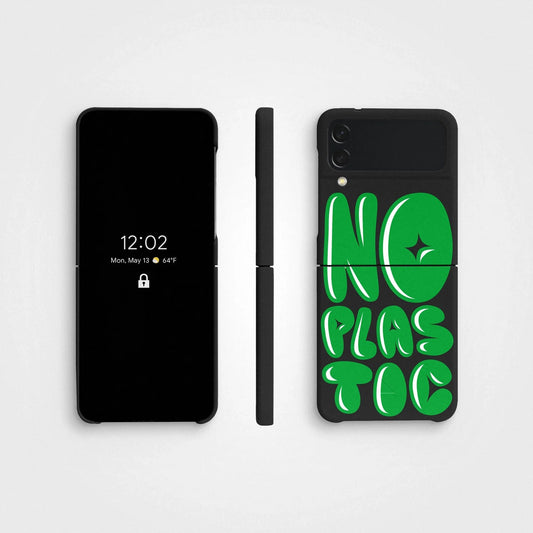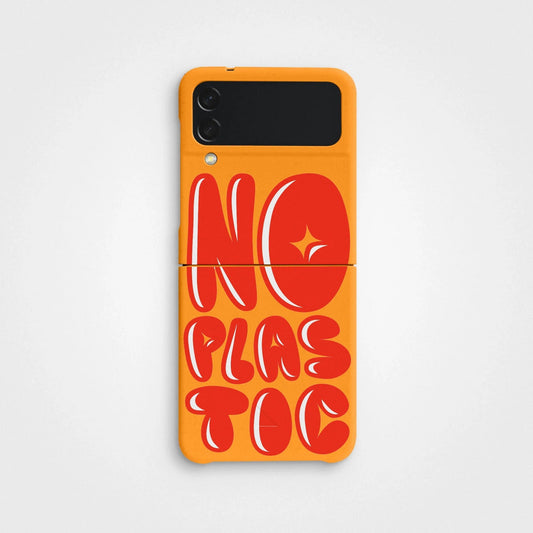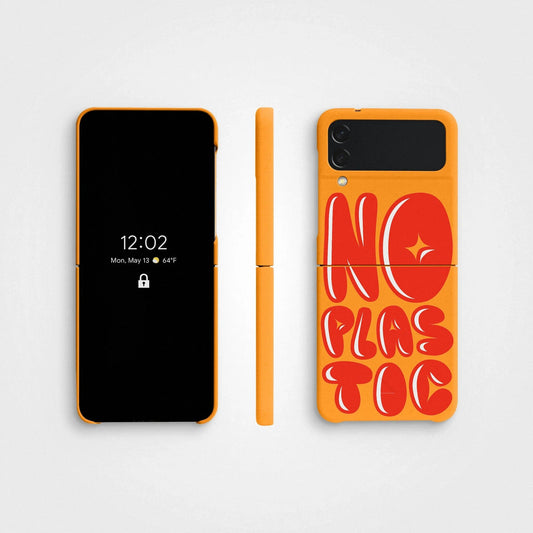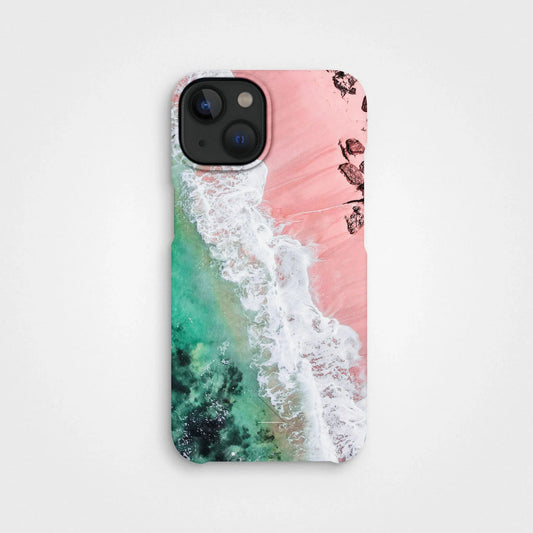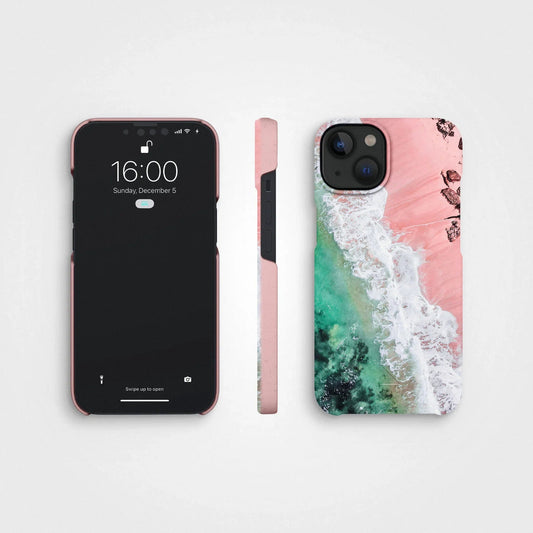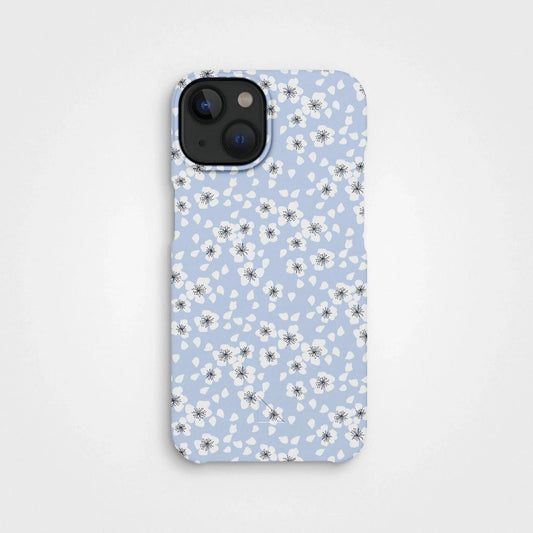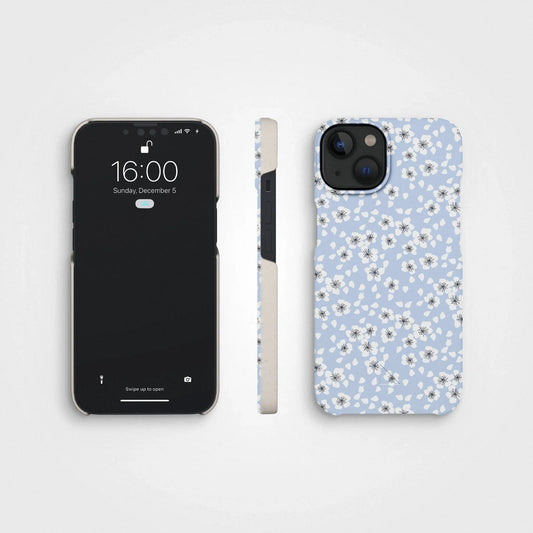Wir haben bereits über die Auswirkungen geschrieben, die unser Plastikverbrauch auf die Umwelt hat. Es gibt aber auch immer mehr Forschungsergebnisse, die die schädlichen Auswirkungen von Plastik auf den Menschen hervorheben. Plastik ist nicht nur ein Problem für die Natur; Es ist auch ein Problem für unsere Gesundheit. In diesem Blog schauen wir uns an, wie Plastik, das wir jeden Tag verwenden, gesundheitliche Probleme für uns verursachen kann und warum wir mehr darüber nachdenken müssen, wie wir Plastik verwenden.
Schnelle Links
-
Das Problem mit Phthalaten
-
Das Problem mit BPA
-
Ist PVC giftig?
-
Wasserverschmutzung durch Kunststoffe
-
Meeresplastik nimmt zusätzliche Giftstoffe auf
-
So reduzieren Sie Ihre Plastikbelastung
Wie Plastik den Menschen schadet
Es wurde festgestellt, dass verschiedene Kunststoffe Chemikalien enthalten und ausscheiden, die schädlich für die Umwelt, Tiere und Menschen sind. Das wird jetzt ein wenig technisch, aber die wichtigste Erkenntnis ist, dass aus Kunststoffen freigesetzte Chemikalien nachweislich zu hormonellen Ungleichgewichten führen, was für uns eine schlechte Nachricht ist. Diese Hormonungleichgewichte können weitreichende und schädliche Auswirkungen auf die menschliche Gesundheit haben und möglicherweise zu einer Vielzahl von Gesundheitsproblemen führen.
Das Problem mit Phthalaten
Phthalate können am besten als „Kunststoffweichmacher“ beschrieben werden und werden verwendet, um Kunststoffe weniger spröde zu machen. Im Allgemeinen sind sie nicht fest an andere Moleküle im Kunststoff gebunden, sodass sie leicht in uns gelangen können. Sie finden sich in Spielzeugen, Vinylböden und Wandverkleidungen, Reinigungsmitteln, Schmierölen, Lebensmittelverpackungen, Arzneimitteln, Blutbeuteln und -schläuchen sowie Körperpflegeprodukten wie Nagellack, Haarsprays, Aftershave-Lotionen, Seifen, Shampoos, Parfüms und anderen Duftpräparate.

Untersuchungen haben gezeigt, dass bestimmte Phthalate endokrine Disruptoren sind, da das endokrine Hormonsystem ein hochkomplexes System ist, das für die Steuerung der Atmung, des Stoffwechsels und der sexuellen Entwicklung wichtig ist. Phthalate werden mit einem erhöhten Risiko für Atemwegserkrankungen wie Asthma bei Säuglingen sowie für Fettleibigkeit und Typ-2-Diabetes in Verbindung gebracht.
Das Problem mit BPA
BPA-Kunststoff, aus dem viele Lebensmittelbehälter und Wasserflaschen hergestellt werden, enthält Bisphenol A (daher der Name). Untersuchungen an Meerestieren haben gezeigt, dass BPA auf verschiedene Weise Hormone stört, beispielsweise als Östrogen-Imitator, indem es andere Sexualhormone blockiert und das Schilddrüsenhormonsystem stört. Untersuchungen an anderen Tieren haben ebenfalls auf eine nachteilige Fortpflanzungsentwicklung bei Spermien und Eiern hingewiesen.
Beim Menschen wurde die BPA-Exposition mit einem erhöhten Risiko für Fehlgeburten, niedrigem Geburtsgewicht, Fettleibigkeit bei Kindern und einer beeinträchtigten neurologischen Entwicklung in Verbindung gebracht.

PVC ist vielleicht das Schlimmste
PVC enthält viele schädliche Chemikalien wie Phthalate, Chloride, Dioxine, VOCs, Blei und Cadmium. Diese werden bei der Produktion freigesetzt oder verdunsten oder lösen sich im Laufe der Zeit auf und gelangen so in unser Inneres.
Wasserverschmutzung durch Kunststoffe
Wasserverschmutzung ist in der heutigen Welt ein dringendes Problem mit weitreichenden Folgen sowohl für unsere Umwelt als auch für die öffentliche Gesundheit.
Wasser trinken
Das Vorhandensein von Mikroplastik in unserem Leitungswasser und Flaschenwasser gibt zunehmend Anlass zur Sorge. Diese winzigen Plastikpartikel, die oft mit bloßem Auge nicht sichtbar sind, wurden in verschiedenen Wasserquellen auf der ganzen Welt entdeckt. Mikroplastik kann einen Cocktail potenziell schädlicher Substanzen mit sich führen, darunter Chemikalien, die im Herstellungsprozess verwendet werden, und solche, die aus der Umgebung aufgenommen werden. Wenn wir dieses Wasser konsumieren, besteht die potenzielle Gefahr, dass diese Substanzen in unseren Körper gelangen, was Fragen über die langfristigen gesundheitlichen Auswirkungen der Plastikverschmutzung in unserem Trinkwasser aufwirft.

Giftiger Abfluss
Auf Mülldeponien abgelagerter Kunststoffabfall kann eine erhebliche Gefahr für die Umwelt darstellen, insbesondere wenn Regenwasser damit in Kontakt kommt. Wenn Wasser durch diese Mülldeponien sickert, kann es eine Mischung aus giftigen Chemikalien und Schadstoffen aus den Kunststoffen auslaugen. Dieser kontaminierte Abfluss kann in den Boden versickern, Grundwasserreserven verunreinigen und benachbarte Ökosysteme beeinträchtigen.
Gemeinden, die in der Nähe solcher Deponien wohnen, sind dem Risiko ausgesetzt, diesen Schadstoffen ausgesetzt zu sein, was zu verschiedenen Gesundheitsproblemen und langfristigen Umweltschäden führen kann. Die Bewirtschaftung und Eindämmung von Kunststoffabfällen auf Mülldeponien ist von entscheidender Bedeutung, um die negativen Auswirkungen giftiger Abwässer auf unsere Umwelt und die öffentliche Gesundheit zu mildern.
Meeresplastik nimmt zusätzliche Giftstoffe auf
Ein großer Teil des Plastiks, das wir wegwerfen, landet in unseren Ozeanen. Auf dem Weg dorthin kann es tatsächlich Giftstoffe aus anderen Quellen aufnehmen. Wenn das Plastik in Mikroplastik zerfällt und von Meereslebewesen verzehrt wird, gelangt es dann über die Nahrungskette nach oben, wird dort konzentrierter und gelangt in uns.

Ein Grund mehr, auf Kunststoffe zu verzichten. Die Forschung, die einen Zusammenhang zwischen den in Kunststoffen enthaltenen Chemikalien und menschlichen Gesundheitszuständen herstellt, ist noch im Gange, aber die Anzeichen sind nicht gut und es wird empfohlen, die Exposition zu verringern, insbesondere für Kinder.
So reduzieren Sie Ihre Plastikbelastung
Plastik ist überall. Denken Sie darüber nach, was Sie heute schon konsumiert haben oder womit Sie in Berührung gekommen sind. Berücksichtigen Sie alle Dinge, die Ihnen begegnet sind oder die Sie konsumiert haben – von Ihrer Morgenroutine bis zu Ihren täglichen Mahlzeiten. Bei wie vielen davon handelte es sich auf die eine oder andere Weise um Kunststoff? Welche dieser Produkte wurden aus Kunststoff hergestellt oder darin verpackt? Die Chancen stehen gut, dass selbst die scheinbar harmlosen Produkte, mit denen Sie interagiert haben, einen Zusammenhang mit Kunststoff haben.
Es ist jedoch immer noch möglich, Ihre Belastung zu reduzieren, indem Sie wiederverwendbare Alternativen zu Einwegkunststoffen wählen. Hier sind einige praktische Vorschläge für den Einstieg:
- Vermeiden Sie es, Lebensmittel in Plastikbehältern aufzubewahren, insbesondere wenn Sie sie in der Mikrowelle erhitzen. Verwenden Sie stattdessen Glas, Keramik oder Metall.
- Nehmen Sie eine wiederverwendbare Trinkflasche aus Edelstahl mit, um Getränke aufzubewahren.
- Essen Sie frisches Obst und Gemüse, um Plastikverpackungen zu vermeiden.
- Wenn Sie auswärts essen oder etwas zum Mitnehmen bestellen, sollten Sie es sich zur Gewohnheit machen, auf Plastikstrohhalme und -besteck zu verzichten. Tragen Sie wiederverwendbare Alternativen wie Strohhalme und Utensilien aus Metall oder Bambus in Ihrer Tasche, wenn Sie sie brauchen
- Eine weitere einfache, aber effektive Möglichkeit, den Plastikverbrauch zu reduzieren, besteht darin, wiederverwendbare Einkaufstaschen mitzubringen. Bewahren Sie ein paar robuste, umweltfreundliche Tragetaschen in Ihrem Auto oder Rucksack auf, damit Sie immer bereit sind, einzukaufen, ohne auf Einweg-Plastiktüten angewiesen zu sein.
Abschließende Gedanken
Angesichts der allgegenwärtigen Präsenz von Kunststoff in unserem täglichen Leben ist es in der heutigen Welt wichtiger denn je, die Plastikbelastung zu reduzieren. Für jeden von uns ist es wichtig, proaktive Schritte zur Minimierung des Plastikverbrauchs zu unternehmen, sei es durch bewusste Verbraucherentscheidungen , die Unterstützung umweltfreundlicher Alternativen oder das Eintreten für Richtlinien, die eine nachhaltigere Zukunft fördern. Auf diese Weise können wir gemeinsam auf einen saubereren und gesünderen Planeten für kommende Generationen hinarbeiten.




